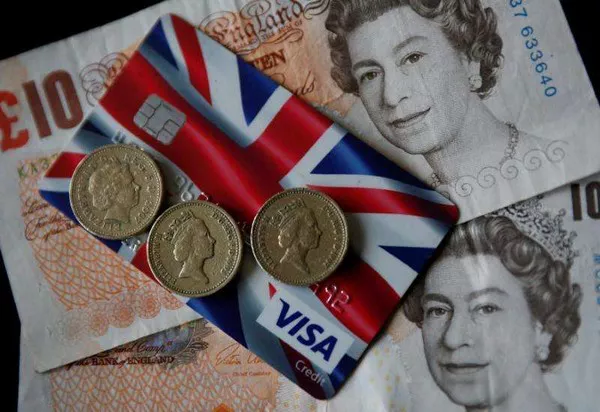GBP/USD was trading weaker around 1.2502 during early Asian trading on Friday. A modest rebound in the US dollar (USD) weighed on the pair despite weak US gross domestic product (GDP) growth data. U.S. personal consumption expenditures (PCE) price index data released on Friday will be in focus.
U.S. economic growth slowed to 1.6% in the first quarter of 2024 (Q1) on Thursday, compared with the previous reading of 3.4%. The figure was below market expectations of 2.5%. However, prices remain firm, with data on Thursday showing the personal consumption expenditures price index rose at an annual rate of 3.4% in the first quarter, above the Fed’s 2% target. The dollar fell to a two-week low near 105.00 after weaker-than-expected first-quarter GDP growth and higher-than-expected inflation data.
Financial markets have put the probability of a rate cut by the U.S. Federal Reserve in June at less than 10%, while the probability of a rate cut in September has dropped to below 58%, according to the CME FedWatch tool. Investors will get more clues from another inflation report on Friday. U.S. PCE is expected to increase by 0.3% month-on-month, with both overall and core PCE figures showing growth. On an annualized basis, headline PCE and core PCE numbers are expected to grow 2.6% and 2.7% year over year, respectively.
In terms of sterling, Bank of England (BOE) Governor Andrew Bailey and other Bank of England policymakers said that British inflation fell in line with the central bank’s expectations and that the risk of higher inflation has reduced, paving the way for an interest rate cut. Markets expect the Bank of England to wait until next quarter to lower borrowing costs, and to do so before the Fed. This in turn could limit the upside for Sterling (GBP).


